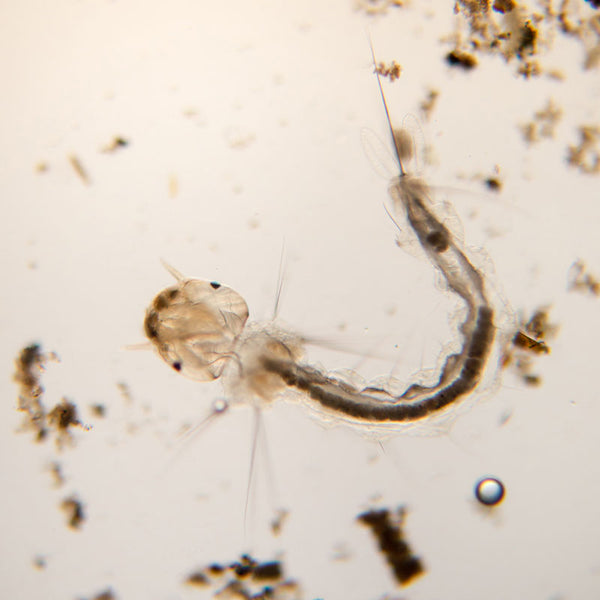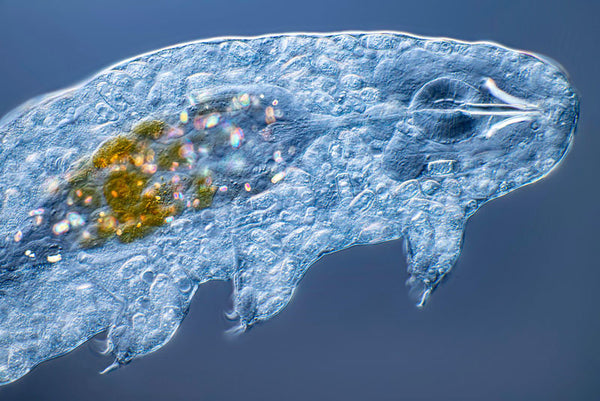
How to look at pond water with a microscope
Ponds provide a fascinating world of tiny creatures to explore with a microscope.
If you’re unfamiliar with microscopy, pond water is a fantastic place to start. Here, you can see an incredible array of microorganisms in one place, everything from algae and bacteria to protozoa and arthropods.
Examining pond water is a straightforward and fun experiment, making it ideal for beginners and children. Here’s what you’ll need to get started.
What you’ll need
- Compound microscope
- Pond water (in a jar or container)
- Glass microscope slides
- Cover slips
- Eye dropper or pipette
- Paper towel
Collecting your samples
- Find a nearby pond or a lake. (Be sure to have an adult supervise any younger children.)
- Using your container, scoop up some water, ideally from the bottom of the pond where there are more microorganisms. (If you can, use a stick to gently stir up the sediment at the bottom of the pond. A bit of sediment or plant life in your jar will give a richer selection of interesting creatures.)
- Make sure to carefully wash your hands afterwards to keep yourself safe and to avoid contaminating your sample.

Mosquito larvae under the microscope
Preparing your slides
- Before you start work on your slide, gently stir up your pond water to distribute the microorganisms more evenly.
- Use your dropper or pipette to place a drop of pondwater onto a clean glass microscope slide.
- Gently place a cover slip over the drop of water – this will flatten out your sample and make it easier to see the microorganisms. To avoid trapping any air bubbles underneath, hold the coverslip at an angle and place one edge into the edge of the water droplet before slowly lowering the rest of the cover slip down.
- If your cover slip is floating instead of staying in place, it means there is too much water. Use the edge of your paper towel to gently soak up the excess water from the edge of the cover slip.
- Place your pondwater slide under your microscope and see what you can find.
- Always thoroughly wash your hands after handling pond water.
What you might find
Pond water is home to a wide array of organisms of all shapes and sizes, and you might find anything from tiny crustaceans to water bears, which are also called tardigrades, other types of microorganisms you can see with a microscope in pond water are referenced here.

Tardigrade under the microscope
Here are some of the critters you might encounter –
- Algae
- Bacteria
- Amoebas
- Paramecia
- Rotifers
- Hydras
- Roundworms and flatworms
- Water fleas
- Mosquito larvae
- Shrimp

Water fleas in pond water under the microscope
Every pond is its own tiny ecosystem – grab a sample from a different pond and see if you notice any differences.
